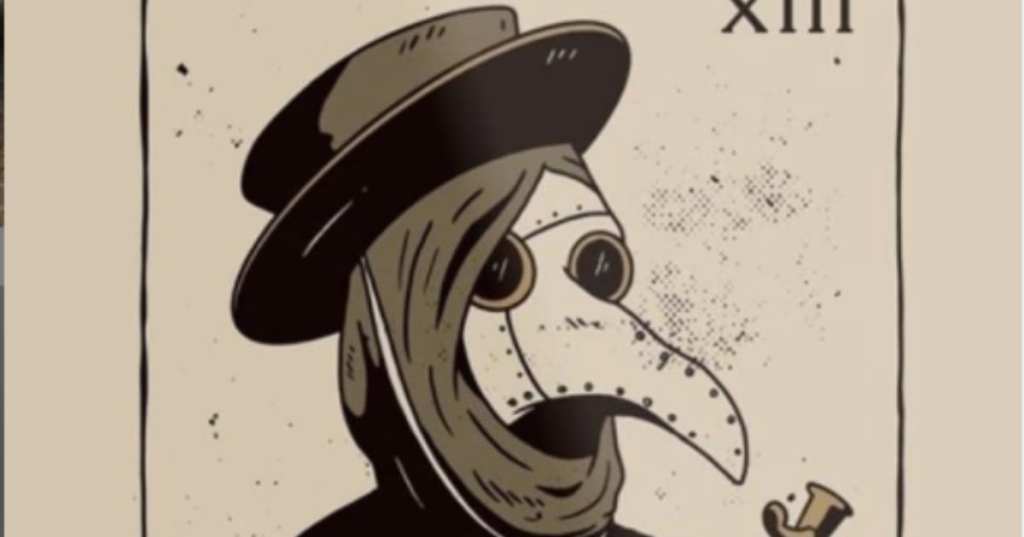It may sometimes seem like scientists and health officials can still be caught behind the 8-ball when it comes to new and emerging diseases, but let me tell you, that’s nothing compared to what doctors were dealing with before the invention of the microscope.
There were people in the scientific community who believed that “bad air” made people sick, but until germ theories could be proven, they were just working on assumptions. There were plenty of other ideas floated that turned out to not be true (and obviously not all disease is carried through breathing, either).
https://www.instagram.com/p/CA2h4GBDwOy/
That said, some medieval doctors (and perhaps earlier) chose to wear masks stuffed with dried flowers, herbs, and spices – masks that often had long, bird-like beaks. The herbs and spices were both to make breathing the sickly air less awful and less potentially infectious, and of course there has been a belief for some time that certain herbs are medicinal.
The Black Death, however, ravaged Europe, Asia, and the Middle East in the 14th century, which was probably before face coverings became the norm. The first concrete evidence we have of them being worn, particularly with the beaks, was in the 16th century.
A doctor then, Charles de Lorme, designed a sort-of hazmat suit to be worn when dealing with patients of the lingering plague.
https://www.instagram.com/p/CBaz78vDhLS/
Dr. de Lorme (1584-1678) was Louis XIII’s chief physician and is officially credited with the strange and creepy mask design. He also designed an accompanying suit, consisting of a leather overcoat, breeches, a cane, a wide-brimmed hat, gloves, and boots.
This is all according to an early text description from Encyclopedia of Infectious Diseases: Modern Methodologies:
The nose [is] half a foot long, shaped like a beak, filled with perfume with only two holes, one on each side near the nostrils, but that can suffice to breathe and carry along with the air one breathes the impression of the [herbs] enclosed further along in the beak.
Under the coat we wear boots made in Moroccan leather (goat leather) from the front of the breeches in smooth skin that are attached to said boots, and a short sleeved blouse in smooth skin, the bottom of which is tucked into the breeches.
The hat and gloves are also made of the same skin … with spectacles over the eyes.
The ensemble was designed to protect the skin from exposure, except for the hat, which was simple a common accessory worn by physicians of the time. The wooden cane was used to measure what was considered to be a safe distance from critically ill patients.
So, even though doctors of yore did wear those masks when treating patients, they did not originate during the Black Plague, nor were they worn by doctors of the time.
https://www.instagram.com/p/CBbAUr8FW6r/
Now you can sound super smart and historically attuned when you point out the fallacies in someone’s Halloween costume, or blow apart the accuracy of some creepy horror flick.
But to be fair, the masks are super creepy, no matter when they were worn. I doubt they did anything to inspire trust or love for doctors (which probably wasn’t very high to begin with).






